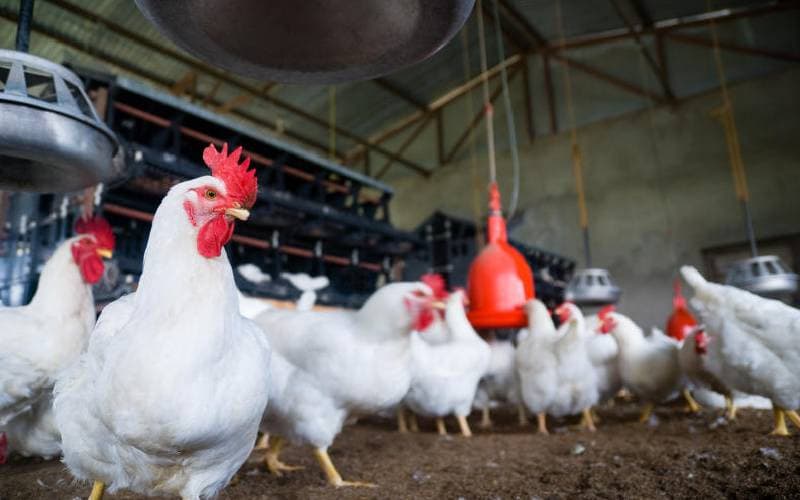We're loading the full news article for you. This includes the article content, images, author information, and related articles.
A metabolic disorder linked to rapid growth is causing significant economic losses through mortality and carcass condemnation, forcing a rethink of broiler management practices in Kenya.

A non-infectious metabolic disorder known as Ascites, or 'water belly', is posing a significant economic threat to Kenya's burgeoning broiler farming sector. The condition, characterized by the accumulation of fluid in the abdominal cavity, leads to increased mortality rates and condemnation of carcasses at slaughterhouses, directly impacting farmers' revenues. An epidemiological study conducted in the peri-urban areas of Nairobi by the University of Nairobi revealed that Ascites was a major cause of broiler condemnations, with financial losses amounting to hundreds of thousands of shillings even in limited study periods. For instance, in one three-month period, the market loss attributed to Ascites was estimated at KSh 120,494, and in a previous year, the total loss was calculated at KSh 1,677,100, highlighting the substantial financial drain on the industry.
Ascites syndrome is fundamentally a consequence of pulmonary hypertension, where the heart and lungs fail to meet the high oxygen demands of a rapidly growing body. Modern broiler breeds have been genetically selected for accelerated growth and high feed efficiency. However, their cardiovascular and respiratory systems have not developed at the same pace. This mismatch creates immense pressure on the heart, particularly the right ventricle, leading to failure and subsequent fluid leakage from the liver into the abdomen. Several factors can trigger or worsen the condition:
Identifying Ascites early is challenging as clinical signs often appear only in advanced stages. Affected broilers may appear smaller than their flock mates as their growth stops once right ventricular failure develops. Key symptoms for Kenyan farmers to watch for include:
Diagnosis is often confirmed through post-mortem examination, which reveals a significant amount of clear, yellow fluid in the abdominal cavity, an enlarged heart (particularly the right ventricle), and congested lungs and liver.
As there is no effective treatment for birds already clinically affected by Ascites, the focus for Kenyan farmers must be on prevention and management. This involves a multi-faceted approach balancing genetics, nutrition, and environmental control. Research has shown that management practices are critical, and a skip-a-day feed restriction program implemented in Kenya proved highly effective, dramatically reducing the annual incidence of Ascites from over 30% to 5% in one reported case. Key strategies include:
While Ascites presents a serious challenge, its prevalence can be significantly managed through strategic adjustments in farm management. For the Kenyan broiler industry, which is projected to see continued growth in demand, adopting these preventative measures is not just beneficial but essential for sustainable profitability.
Keep the conversation in one place—threads here stay linked to the story and in the forums.
Other hot threads
E-sports and Gaming Community in Kenya
Active 6 months ago
Popular Recreational Activities Across Counties
Active 6 months ago
The Role of Technology in Modern Agriculture (AgriTech)
Active 6 months ago
Investing in Youth Sports Development Programs
Active 6 months ago